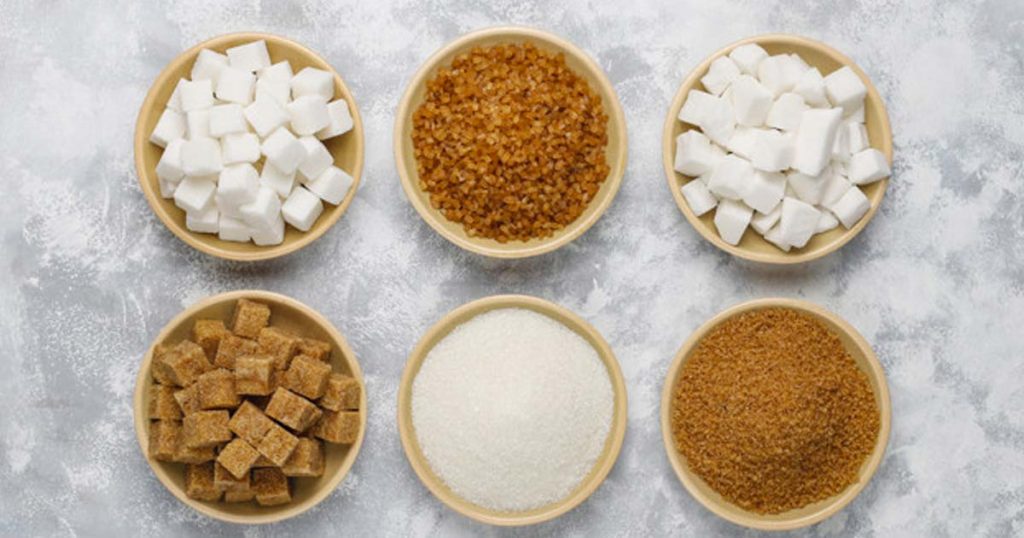Eating food low in sugar is hardly new, but forgoing sugar completely is just crazy…isn’t it?
The health benefits of cutting out sugar extend beyond weight loss with medical journals documenting the reduced risk of everything from type 2 diabetes to heart disease and even cancer.
The case to remove sugar from the diet is quite persuasive, but Aloysa Hourigan, the senior nutritionist with Nutrition Australia, says, “Avoiding naturally occurring sugars, for example, the ones found in fruit, could be limiting some key vitamins such as vitamin C, and some B group vitamins and beta-carotene (which becomes vitamin A) and fiber,” she says. “Avoiding added sugars will help limit the unnecessary extra kilojoules.”
David Gillespie, the author of Sweet Poison, removed sugar from his diet and lost a whopping 40kgs. “The hardest part was stopping,” he says. “Deciding that you will never eat sugar again is a big deal, but oddly after deciding and committing, it becomes easy. The key is to realize that you are not going on a diet, you are breaking an addiction.”
Sarah Wilson, author of I Quit Sugar gave up sugar in January 2011 and agrees with Gillespie. “The emotional addiction was the hardest,” she says. “I used to reward and comfort myself with sugary food.”
Aside from cutting out obviously added sugars, there are also the hidden sugars you should be aware of. The rule of thumb is if it tastes sweet then don’t eat it. “Some highly spiced foods disguise sweetness with salt,” says Gillespie. “For example, BBQ sauce contains 55% sugar.” Ouch.
If you want to embark on a sugar-free diet (or dip your toe in), Wilson suggests starting slow. “There are three foods you can stop eating right now – fruit juice is one. There’s the same amount of sugar in a glass of apple juice as a glass of cola; low-fat dairy as the fat is replaced with sugar in most cases, and packaged sauces,” she says.
Instead of reaching for your favorite chocolate bar to help you past the 3 pm energy dip, Wilson says grilled halloumi is a healthier replacement. “The good healthy fat will tell your brain it’s full within about five minutes; drink licorice tea, it tastes sweet and actually curbs sugar cravings on the spot.”
While reading the nutrition labels will help you out at the supermarket, eating out can be daunting. Gillespie suggests passing on the sauces and dressings when you’re out unless you know they don’t contain sugar. Wilson’s rule is to avoid the terms ‘honey-roasted’, ‘caramelized’ and ‘balsamic reduction’ as “they’re just fancy terms for sugar.” Tapas or finger food is often covered in sauce, so ask or don’t order it.
And the great Australian food institute? “Pub food is great,” Wilson says. “Order a steak or fish with salad or fries. Greek food is great, you can go for meat or fish with salad, dolmades, and meat or vegetarian souvlaki.”
While living sugar-free is certainly possible for adults, children are just as capable of making the change with a little coaxing. “If you carefully explain why you are doing it and how they will benefit, they do eventually become your greatest supporters – but don’t expect them to go down without a fight,” says Gillespie.
When you miss certain sugary treats, which you will get creative, get a couple of recipe books, and know that even those who have lived sugar-free lives for years are still human. “I miss chocolate and I still eat it, only these days I make my own,” says Wilson.
